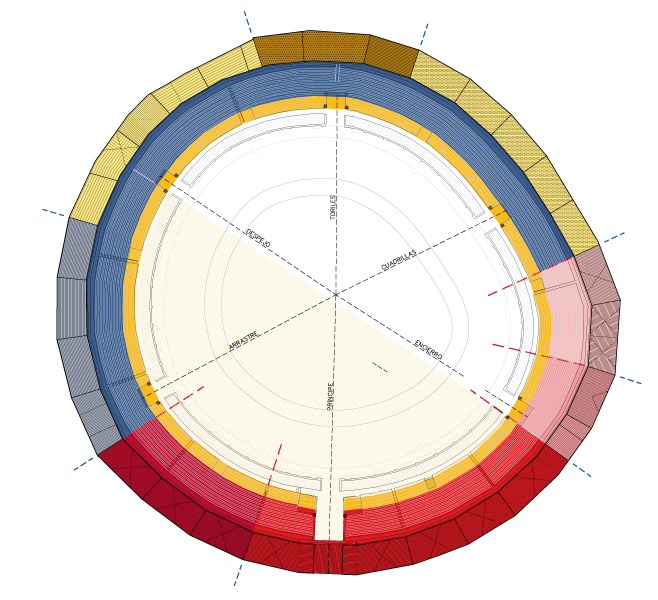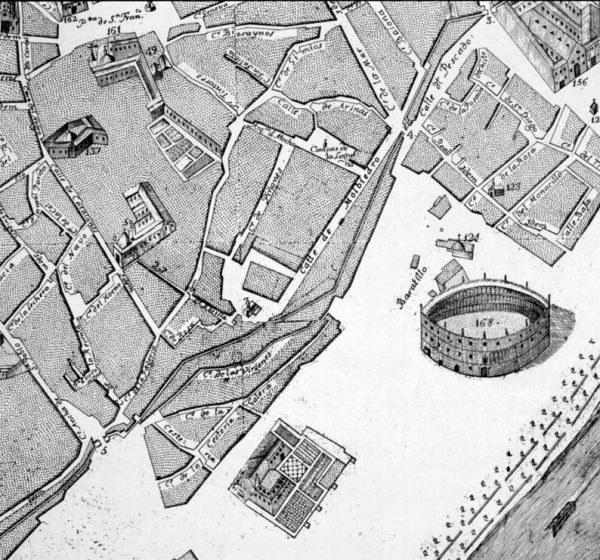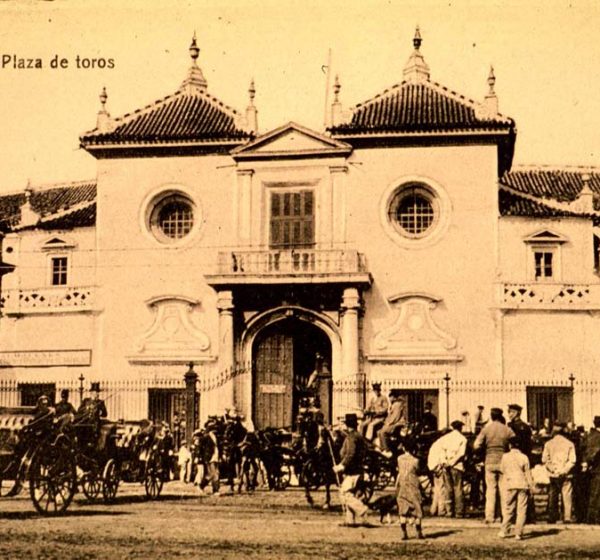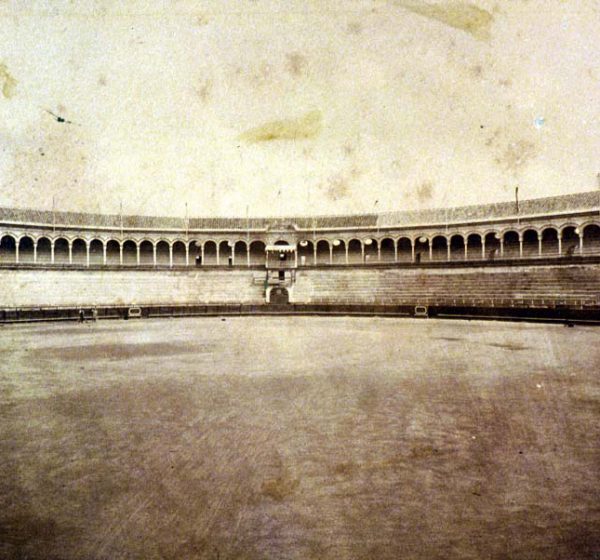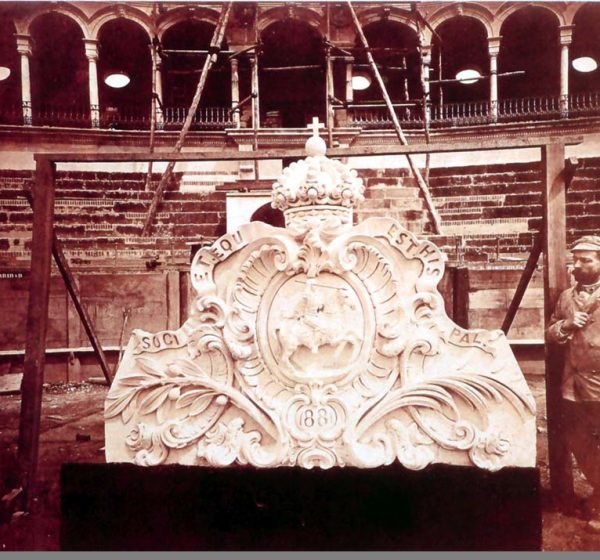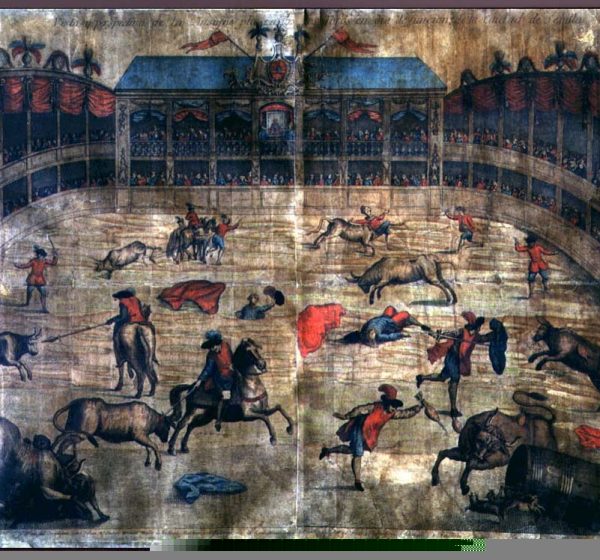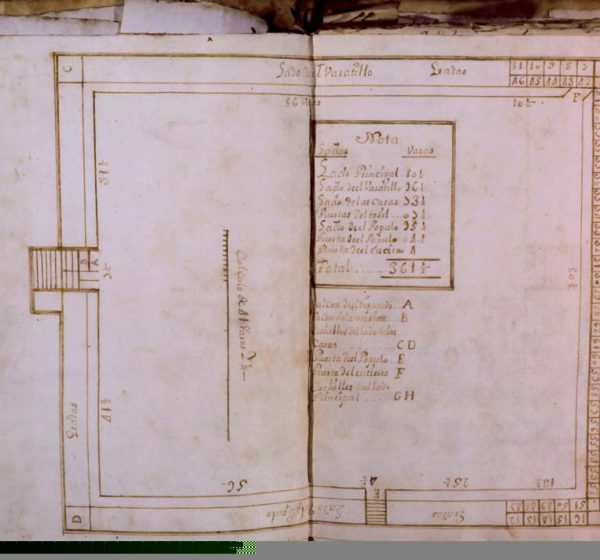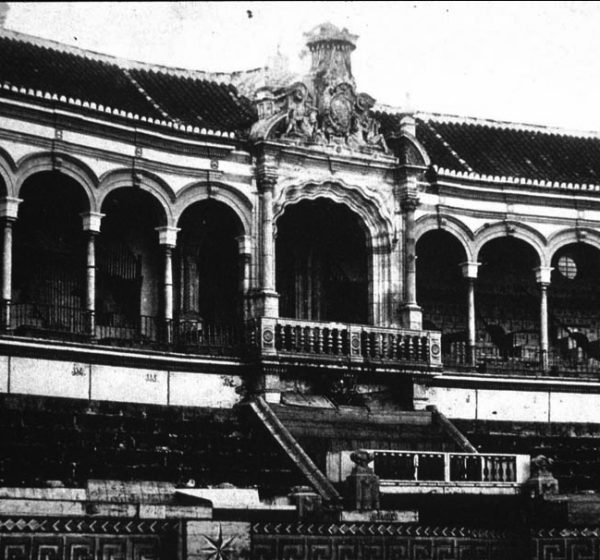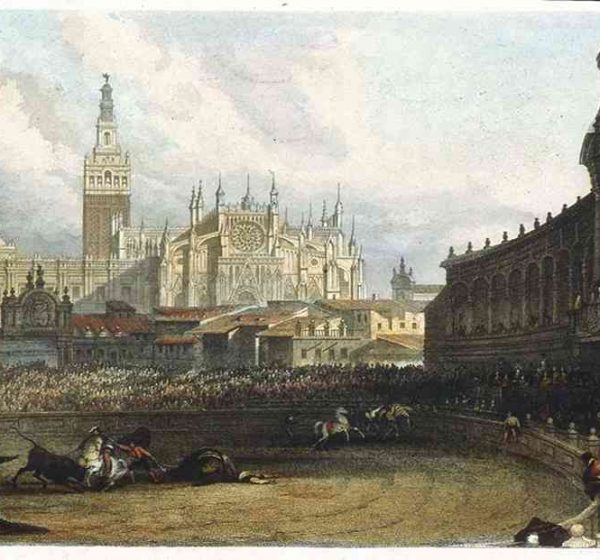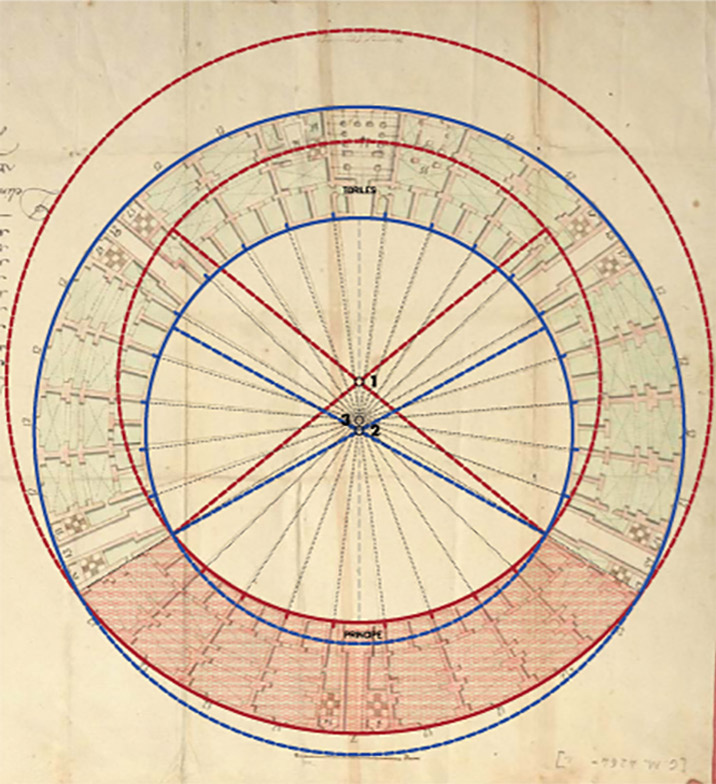In about 1760, the Real Maestranza de Caballería undertook the task of constructing a stone building to replace the temporary wooden bullrings that had previously been erected on the same site. Thus began a construction process that would last for 120 years, involving different stages and overcoming serious difficulties before the work was completed in 1881.
Following the receipt, in 1730, of the royal privileges to construct a bullring, four construction periods can be distinguished:


